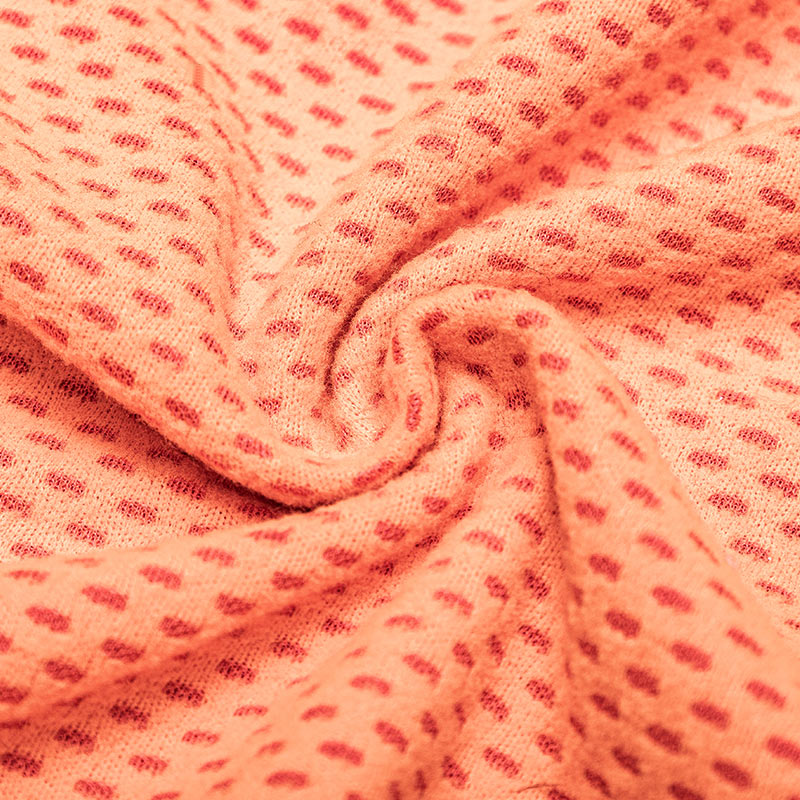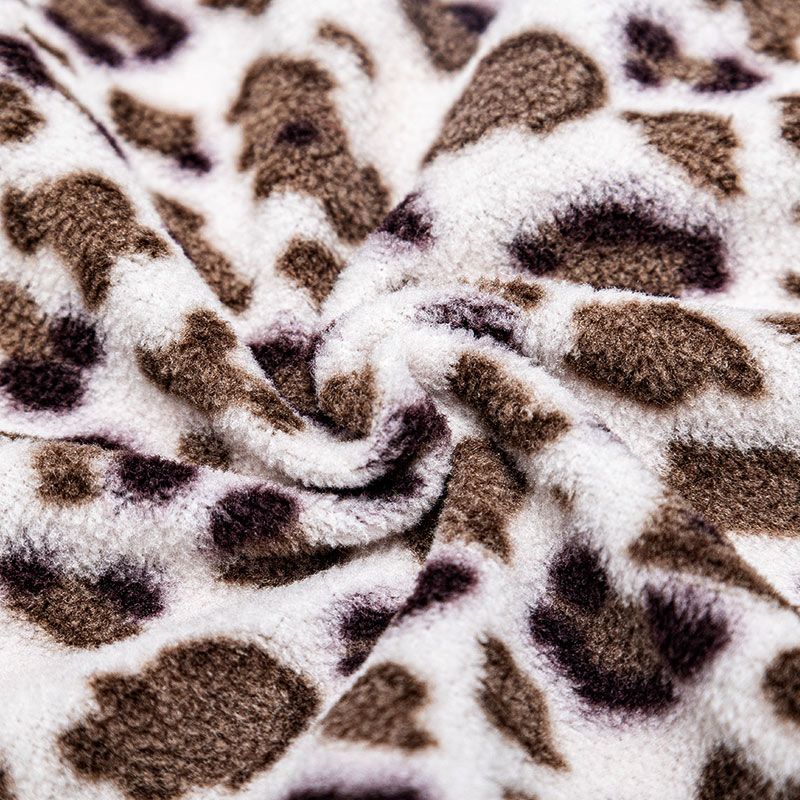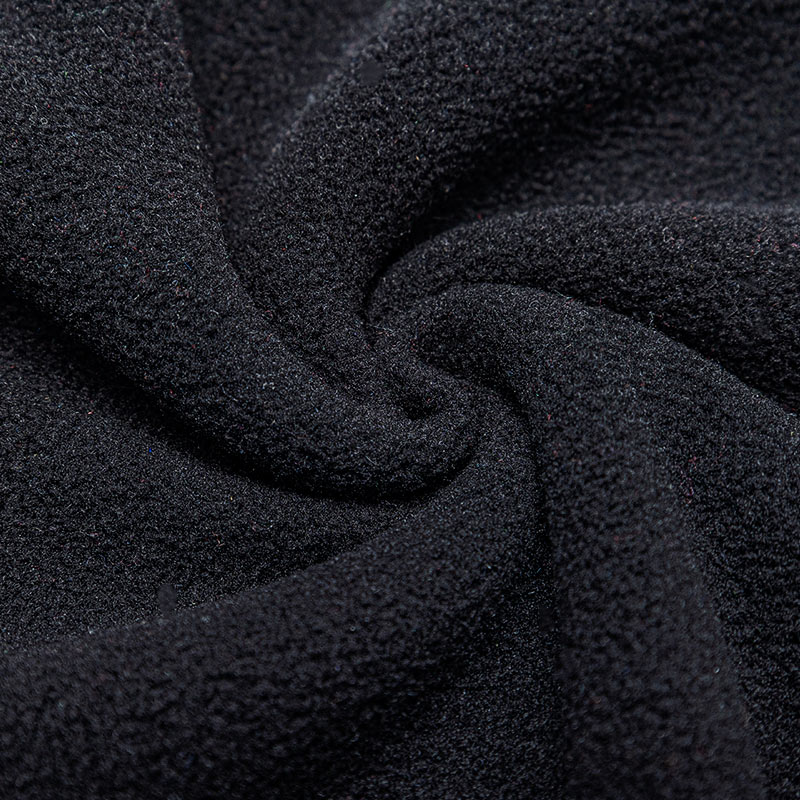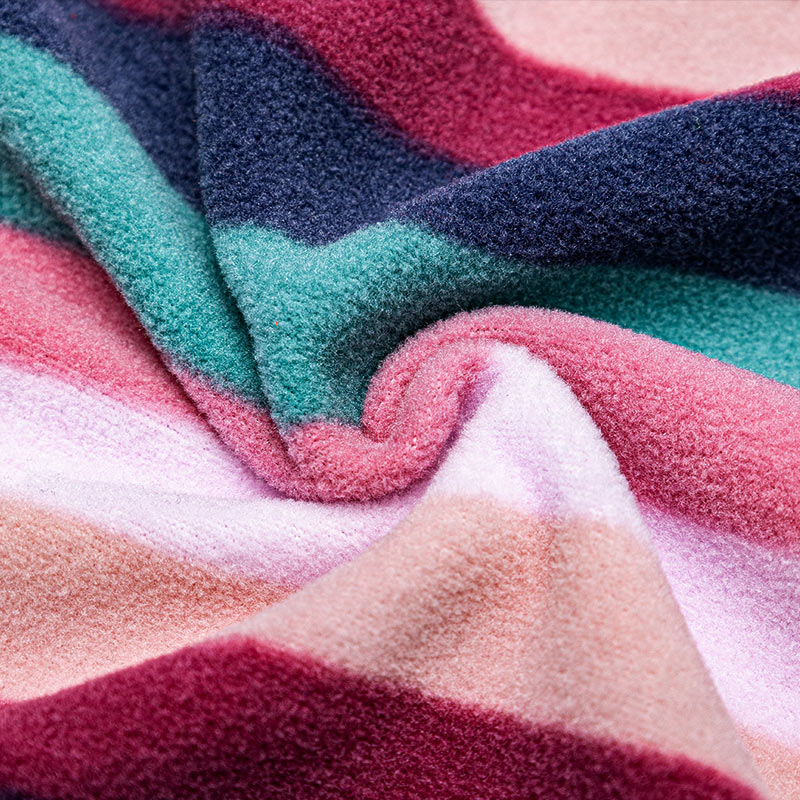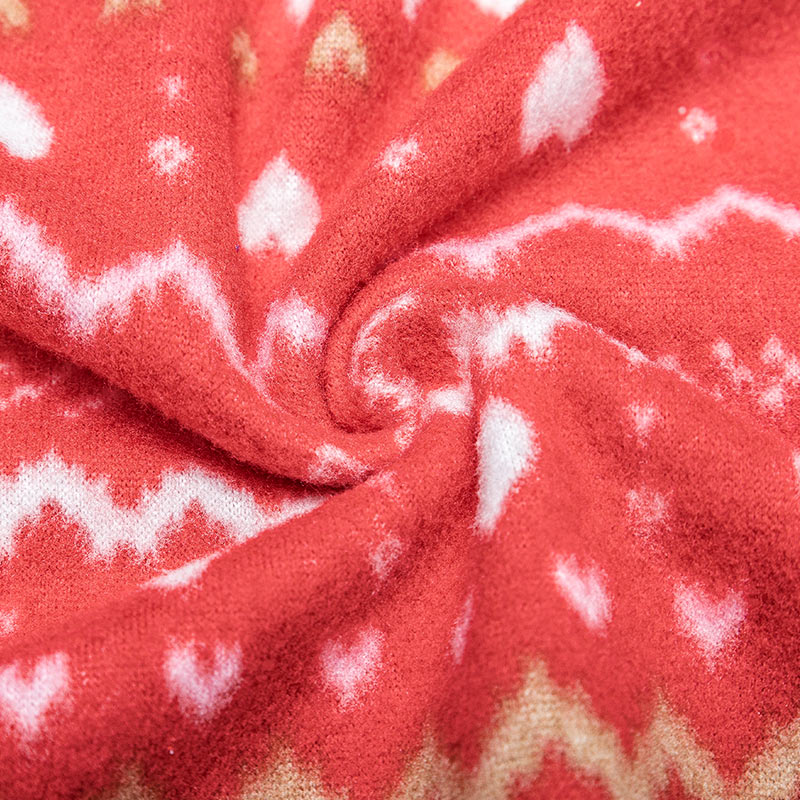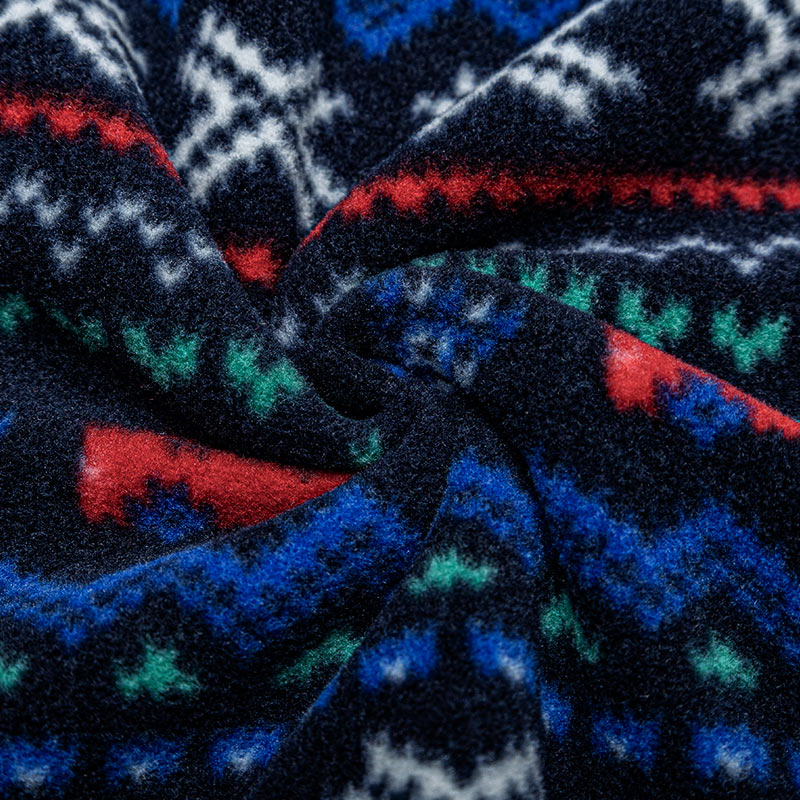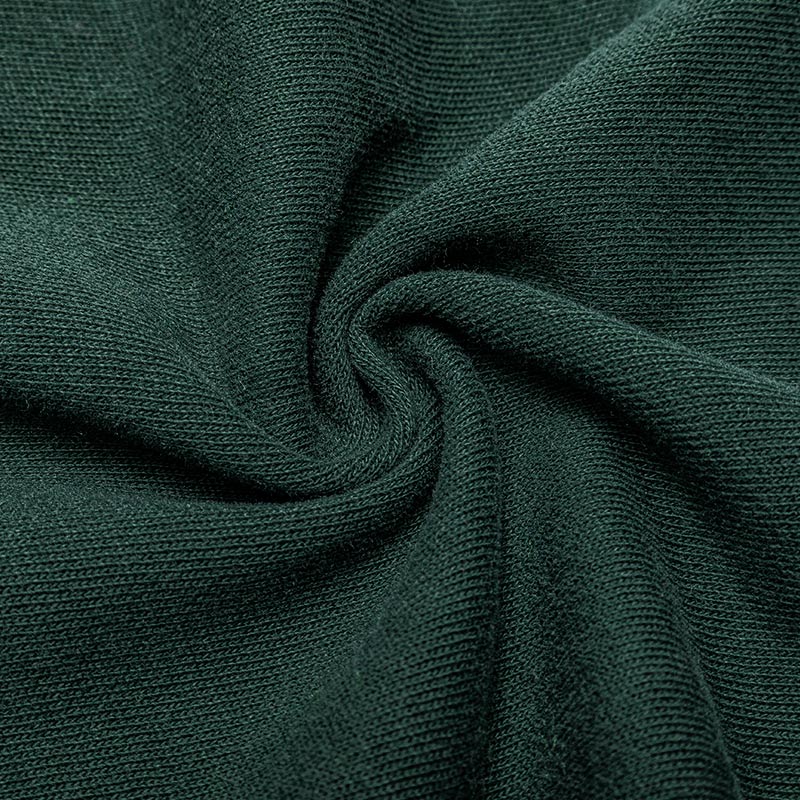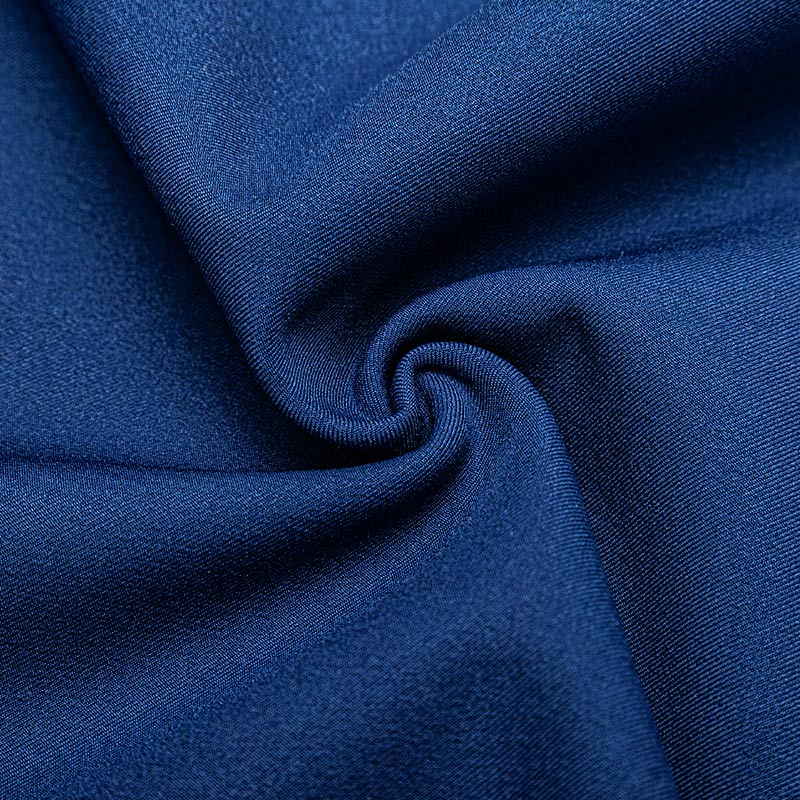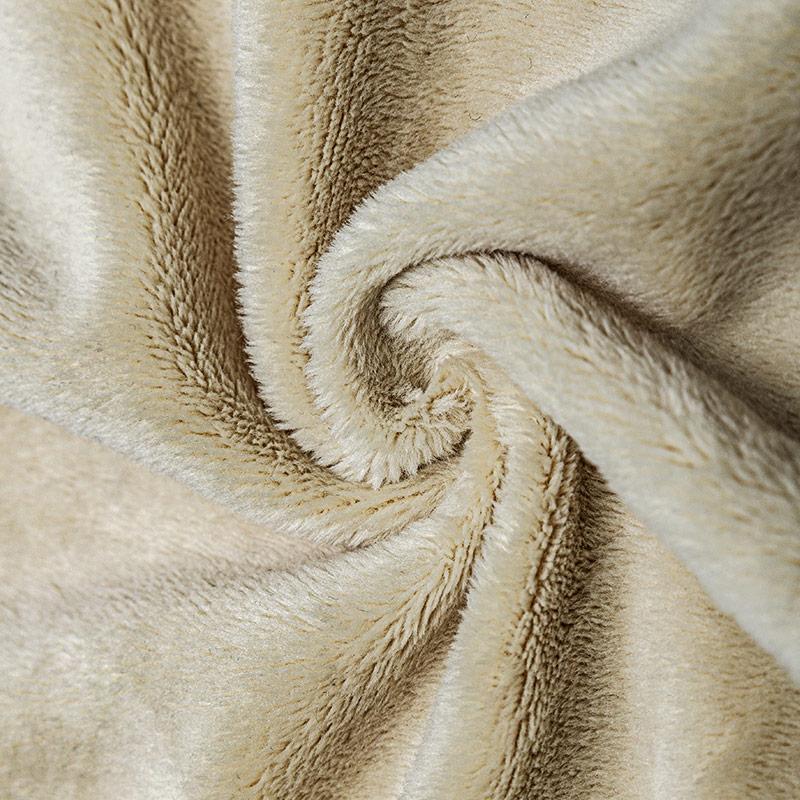Swimwear dates back to the 1700s. Of course, the materials and fabrics we used to make our swimsuits were completely different from what was worn at the time. With the introduction of synthetic materials, we have created suits that are resistant to chemicals, sun, and sand, and fit comfortably, making swimming or lounging more enjoyable.
While some suits are more durable than others, any suit will usually last less than a year. Some will just get you through the summer, while others will push that year's mark, extending their lives. Because different fabrics have different properties, you may need multiple suits. You can find a fitted suit that looks great on the beach or pool deck, a quality training suit, and a competition suit that will last throughout the season.
Common types of swimwear fabrics
Most suits will be a mix of fabrics, not just one. Regardless of your intended use, some materials add elasticity and resistance to natural elements, making swimwear more durable and better suited for competitive or casual wear.
Common swimsuit fabric types include:
Polyester: Polyester is the most common choice for swimwear because it resists chlorine and ultraviolet (UV) rays from the sun. It's durable, fit, and comfortable to wear.
Nylon: Usually, when you imagine fashion swimwear, you think of nylon. While it's less UV resistant and chlorine can damage it, you can mix nylon with other fabrics and materials to create comfortable and stretchy swimwear.
Elastane: You won't find a suit that is 100% elastane. Instead, manufacturers must mix elastic fibers with other synthetic or natural fibers. Doing so will make the suit more stretchy. The spandex production process can be extensive, so these suits are usually more expensive.
Polybutylene Terephthalate (PBT): PBT is a plastic yarn fiber that is naturally elastic and feels smooth and light to the touch. It has a firmer texture but is perfect for sports swimming.
Natural Fabrics: Cotton and wool are natural fabrics that were more common in earlier versions of swimsuits. The earliest suits were made of wool, and cotton came a few years later. Today, most people prefer to wear synthetic fabrics rather than natural fibers. Wool and cotton suits struggle to hold their shape, absorb moisture and are easily damaged by sunlight and sea salt.
Neoprene: Neoprene is a synthetic rubber that's not technically a fabric, but it's used to make wetsuits and other swimwear. Neoprene is an insulating foam that keeps water close to your body, keeping you warm while swimming in open water. It's soft and comfortable and doesn't slip.
The best swimsuit fabric for you will be the one that will keep you comfortable during the event. Whether you're looking for a suit to help you glide through the water, stay warm in the ocean, or give you the flexibility to work out, make sure you're comfortable.
Check out the benefits of these common swimsuit fabrics:
Polyester
Polyester resists the natural elements better than other fabrics. It can withstand chlorine gas, is not easily damaged by sunlight, and is ideal for indoor or outdoor swimmers. Polyester is also very durable and easy to care for, making it a popular choice. With quick drying properties, zero water absorption, and the ability to absorb the dye, these suits are ideal for teams and individuals.
nylon
Nylon feels and looks attractive. When mixed with elastane, these suits embrace all your curves for a wonderful fashion statement. Nylon is waterproof and quick-drying, but not as good as polyester. Nylon suits are great for training or pool party wear due to their comfortable fit, but not for competition unless paired with other fabrics.
spandex
Elastane is the fabric that brings us spandex and lycra. These suits fit well and can be mixed with different swimsuit fabrics to create a durable competitive suit or a beautiful statement piece. Because spandex must be combined with other materials, the best competitive suits will contain 10 to 20 percent spandex.
PBT
PBT will help you glide through the water when you pair it with a matte finish. It's also chemically resistant, so it can be preserved in chlorinated pools. PBT is also quick-drying, comfortable, UV- and fuzz-resistant, making it an excellent race fabric.
Neoprene
The advantage of neoprene is warmth. These sets will allow you to compete in competitions during the colder months or practice your skills during the winter months. Your natural body temperature can heat the water that your wetsuit is trapped near your body, helping you withstand colder temperatures.
natural fabric
Natural fabrics do not perform well in water, but they are more sustainable than other options. They can create a retro style that helps you stand out while sitting poolside or soaking up the sun. They are readily available and tend to be cheaper than other alternatives.
Competitive and casual swimwear fabric
Most competitive suits feature the best-chlorinated swimsuit materials to help swimmers glide through the water and are durable enough to last through multiple races. Casual swimsuits usually last into the summer and can last up to a year depending on how they're used and how often you care for them.
Most competitive or fitness swimmers wear polyester swimsuits. Team uniforms are usually made of polyester because you can print on them. Nylon makes suitable training swimsuits because they can be combined with elastane, but people mostly wear them as fashion pieces. You can find spandex in durable, high-tech suits that are great for competition because they propel you through the water. You can use neoprene for some races in open water to keep athletes warm.
Natural fabrics are not suitable for competitive swimwear. Because they are soaked in water, they develop resistance to the water, and they won't last long with repeated use. Wool and cotton can be beautiful pieces, but they won't help you swim or glide through the water. They are difficult to hold in shape and take longer to dry, making them less suitable for competitions like triathlons, where athletes need to switch from one event to the next without changing.
The most durable suits will be mixed fabrics. Polyester blended with elastane or PBT would be the best choice for competitive swimmers. These suits will last longer, maintain optimal shape, resist UV and chlorine damage, and help you move through the water.
